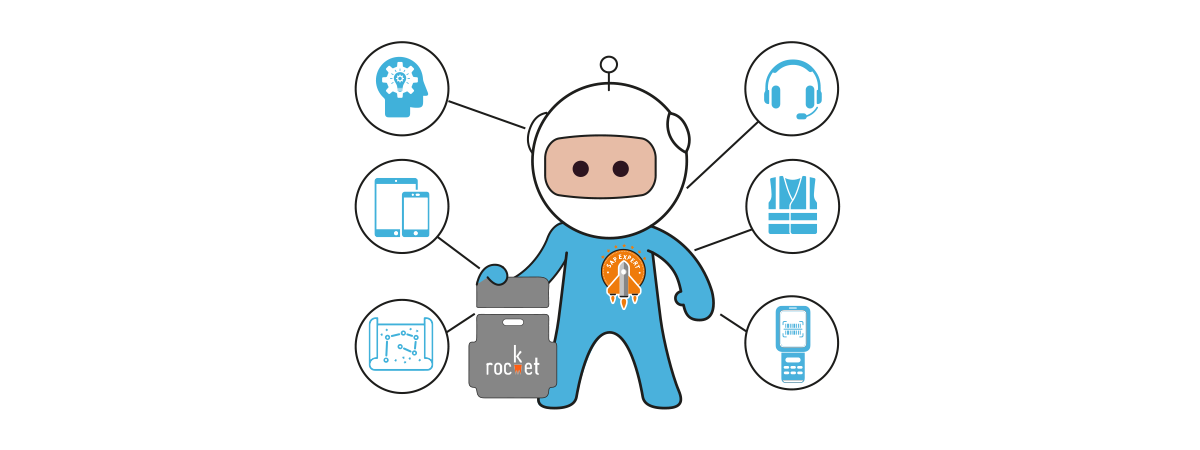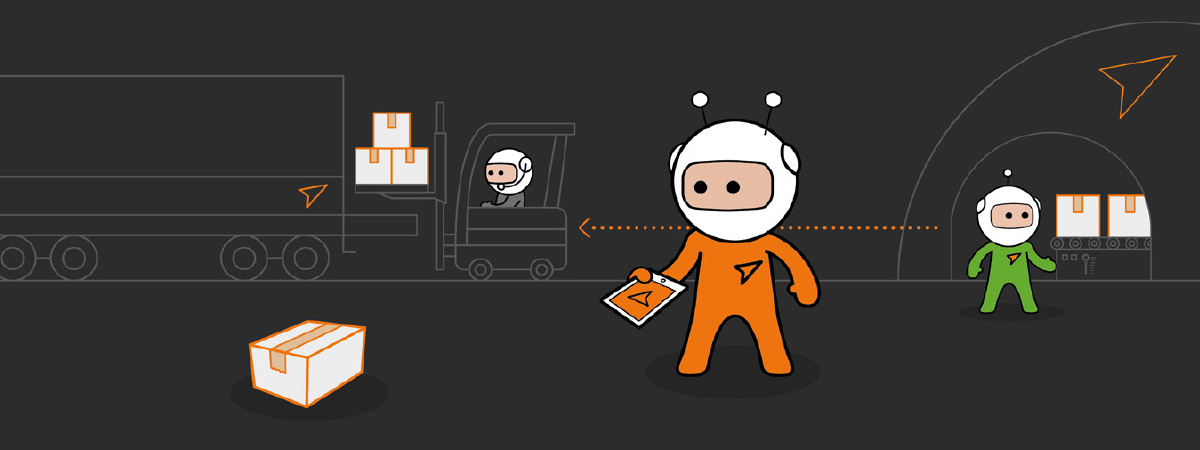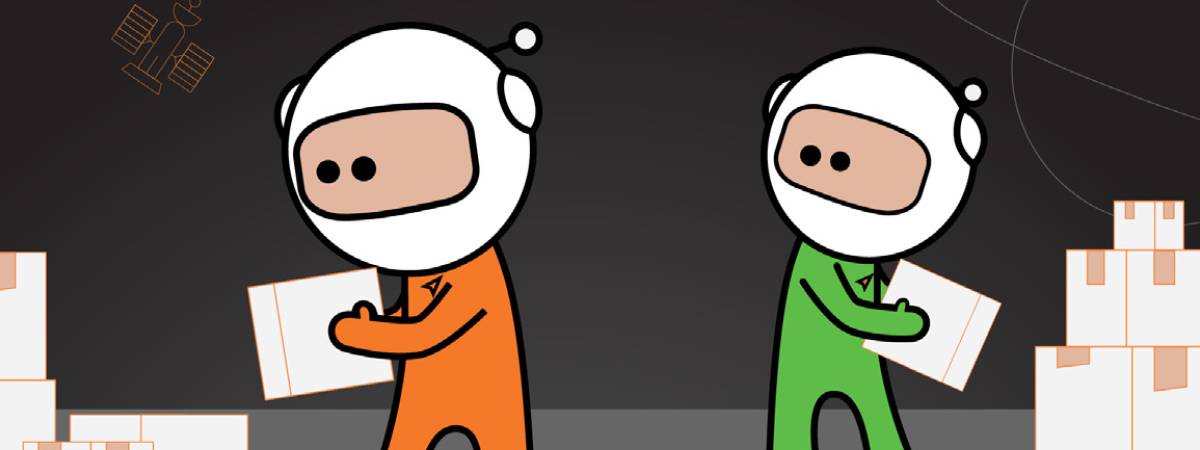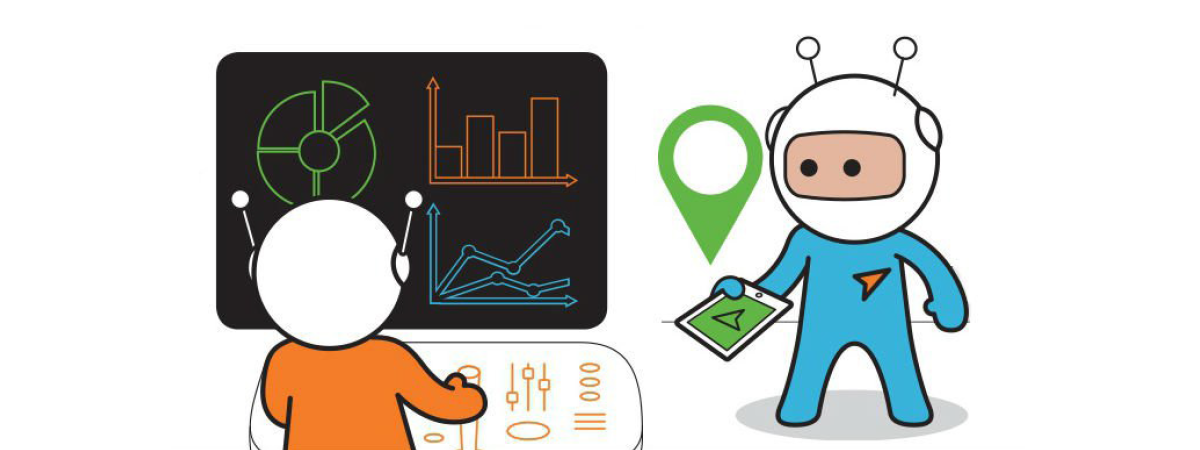Page Contents

ROCKET CONSULTING
SAP Digital Supply Chain Consulting and Implementations Partners
Rocket are renowned for leading and managing complex, often multi-vendor SAP EWM implementations, making this possible through senior project management and a project methodology tailored to create alignment across all the components required to deliver a successful project; System, Technology, Operations and People.
For many of our customers, the first step has been about making the right platform choice - SAP Extended Warehouse Management or a third-party WMS. We have helped many organisations through this journey. Migrating from WM to EWM, or moving to SAP EWM, offers multiple opportunities to extrapolate value through improved operational processes. Furthermore, working with a partner early on to produce an evaluation that clearly defines strategic requirements against platform capabilities in the business case will help drive operational efficiencies and increase incremental ROI.
Structuring a business case for a new warehouse management system is difficult, but a partner with a strong operational understanding will help to support alignment and engagement between IT, supply chain and finance leaders in this critical step.
Learn more about the benefits of a structured EWM evaluation process.
We’ve helped many businesses choose and implement the right warehouse management software in line with their own requirements, giving our customers the benefit of standardised and replicated business processes across their organisation that minimises implementation and upgrade costs.

What is SAP Extended Warehouse Management?
SAP Extended Warehouse Management (EWM) is a comprehensive warehouse solution using shared resources across your supply chain landscape. By supporting complex picking and put-away strategies, value-added services, kitting and automation integration (to name but a few), it can help your business meet the ever-growing demands of your customers to enable you to stay competitive in today’s markets. As it is part of the supply chain solution from SAP, it fully integrates with the other world-class solutions from SAP such as Transportation Management, Production Planning and Execution, Global Track and Trace and Quality Management.
Providing flexible warehouse processes which can be automated, SAP EWM drives efficient material flow through your warehouse, ensuring the right task is presented to the right resource at the right time. Stock Management and reporting tools are excellent, enabling better decision making and quick reaction to situations.
All processes are supported by Mobile Data Entry to ensure that the information you are working with is as up to date as it possibly can be.
SAP EWM is the platform that can support your operational needs now and into the future, enabling your business to grow, expand and react to whatever future demands your particular market may need to meet.

The Death of WM?
With SAP’s announcement of support for WM as part of R/3 ECC ending by 2025, there will be a certain amount of panic about what to do next. This is exacerbated with SAP’s drive to move clients from SAP R/3 ECC onto the S/4HANA platform (support subsequently extended to 2027).
The WM module has existed for a considerable amount of time, all the way back from R/2 days through early R/3 versions up to the latest ECC version. In that time WM has been continuously enhanced with new features and functionality being added, from RF support to ‘add-ons’ such as TRM (Task and Resource Management) and the ability to run as a decentralised solution separate to an existing SAP R/3 ERP system.
Evolution is great and allows for gradual, incremental changes to be added, keeping familiarity and allowing simple transitions, but sometimes you need a revolution to allow you to break free.

SAP EWM - The Next Generation
So that’s what SAP did with EWM (Extended Warehouse Management), a ‘ground-up’ redesign. Initially, this was only available as a separate system running on its own platform and connected to the ERP. This has its advantages, but SAP is now also making EWM available within the core functionality of S/4HANA, branded as embedded EWM. This re-design has cleverly also aimed to address age-old problems of performance due to increased table sizes.
EWM was conceived to support the needs of complex, high volume warehouses and distribution centres, addressing some of the restrictions that held WM back for such business scenarios. While WM with various add-ons such as TRM could potentially be used for such complex sites, EWM offers at least comparable functionality and a lot more, especially with its latest release and is not held back by any legacy considerations.
Functionality includes:
- RF integration
- Slotting and rearrangement to optimise warehouse layout
- Deconsolidation for breaking down of mixed stock
- Cross-docking to minimise handling
- Yard Management for tracking vehicles and packing spaces outside of the warehouse
- Dock Appointment Scheduling for planning vehicles arrivals Complex routing and resource management
Kitting (Kit to stock and Kit to order)
Value-Added Services - Labour Management
- Catch weight management
- Material Flow System integration
- Enhancements to batch management (including documentary batch management)
- Enhancements to serial number handling Advanced Production Integration Integrated voice support
Quality Inspection - Wave management and simulation
- Integration with SAP TM (Transportation Management) for vehicle planning

SAP WM is Dead, Long Live EWM
So what now?
Compatibility Packs
If the strategic plan is to convert your existing ERP over to S/4HANA, then you could make use of the “compatibility” packs which enables you to continue using WM on S/4HANA. You must bear in mind that SAP will withdraw the licensing for the compatibility packs at the end of 2025 making this a ‘throw-away’ option, and it probably wouldn’t help you realise any great benefits, but it does give you the capability to
cut over to S/4 and allow time to plan your next move.
So, What Are The Options on S/4?
Embedded EWM on S/4HANA
As WM and EWM are fundamentally different, it is not possible to do a simple technical upgrade. Stock would have to be migrated any custom developments recoded to work with EWM’s architecture although due to EWM’s richer functionality, our experience is that the need for custom transactions is greatly reduced and sometimes eliminated.
SAP do provide some tools to assist with data migration and configuration although this may be the perfect time to re-evaluate the design and do some business process re-engineering, taking the opportunity to benefit from all that additional functionality offered by EWM.
Decentralised EWM
This is simply EWM but on its own separate server connected to the ERP.
Advantages
Risk: Migrate warehouses individually, separate or in parallel to move from SAP R/3 to SAP S/4HANA thus reducing risk.
Resilience: If the ERP is unavailable, the warehouse can continue to work. This would be perfect for example to avoid disruption to your warehouse options for the period it would take to allow you to perform the technical update of your ERP over to S/4HANA, or once-live any planned outage of the ERP.
Flexibility: Ability to apply upgrades/patch’s separate from ECC. It is possible to have multiple EWM servers connected to the ERP, for example, split by geographic region for enhanced resilience and performance. New functionality could be deployed to one region initially to trial it before rolling out to other locations.
Performance: Having a separate server means the system is not affected by ERP performance, nor does it impose on ERP performance. It can be located physically as close as possible to site where network latency is paramount, e.g. using Material Flow System connected to high-speed automation.
Disadvantages
Additional management: With more systems comes additional management to handle the system landscape and change management.
Additional hardware: Separate servers required for the EWM system. Traditional 3 tier landscape of Development, Test, Production would need to be replicated for parallel connection to a respective
ERP system.
Additional licences cost: Using more advanced functionality, e.g. wave management will take you from Basic licence to Advanced licence.

Stock Management
This is designed for existing WM customers to continue running light warehouse operations on SAP S/4HANA beyond 2025 support deadline. The appropriate licence is included as part of S/4HANA Enterprise Management component.
This is effectively the ECC WM component (LE-WM) without capabilities supporting more complex operations.
- Task and Resource Management (WM-TRM) • Warehouse Control Unit interface (WM-LSR) • Value-Added Service (WM-VAS)
- Yard Management (WM-YM)
- Cross-Docking (WM-CD)
- Wave Management (WM-TFM-CP)
- Decentral WM (WM-DWM)
Conclusion
While SAP has offered a life line for clients moving from SAP R/3 ECC to S/4HANA with compatibility packs, and with the offering of Stock Room Management for ‘lite’ warehousing functionality after 2025 support deadline, it is clear that EWM is SAP’s strategic warehousing offering going forward.
It would be easy to effectively “do nothing” and use the compatibility packs in the short term with the expectation of using Stock Room Management going forward to keep the warehouse running after 2025 support deadline. This is probably a short term view, and if you are going through the time and expense of moving from SAP R/3 over to S/4HANA, it may be remiss not to take the opportunity to review your current supply chain processes, or at least review what functionality you are currently utilising, especially based on the list of components that are not covered by Stock Room Management and thus likely to be removed by SAP after the 2025 deadline.
Whilst the above principally concentrates on discussing WM replacement options, there is a similar situation for Transportation in ECC (LE-TRA component), which is also planned to be out of support by 2025. It is clear that SAP is expecting EWM and TM to replace these components, either embedded within S/4HANA or for more advanced business scenario’s as separate systems.
With later releases of EWM and TM having greater and greater integration,it would be worthwhile re-examining the whole digital supply chain process to maximise your benefits of the move to S/4HANA.

How Can We Help?
Rocket's dedicated team of supply chain experts are all equipped with expertise across WM/EWM, S/4HANA and SAP TM.
Choose Rocket as your consulting partner and cut through the business noise and gain clarity and confidence in your SAP migration, process optimisation and standardisation approach.
Migrating to S/4 or considering a move from SAP WM-EWM, speak to us to learn how we can help.
The Rocket Systems Review is a cost effective, high level analysis that will assist you in reaching optimal outcomes for successful system migrations, platform selection phases, process re-engineering and landscape consolidation.
We are able to provide a high level analysis report that will:
-
Help to consolidate processes
-
Analyse efficiency optimisation opportunities
-
Help identify best-fit deployment options
-
Help to optimise processes and reduce disparity
-
Help to standardise SAP functionality
-
Help identify cost effective warehouse systems migration options
-
Identify further digital transformation and innovation opportunities
Transform your warehouse and accelerate your supply chain.
With Rocket, you get a turn-key provider of software and mobile technology and rest assured that our experience and leadership can help you coordinate multi-vendor projects into a single, robust solution.





.png?width=200&name=Microsoft_partner_white%20(1).png)